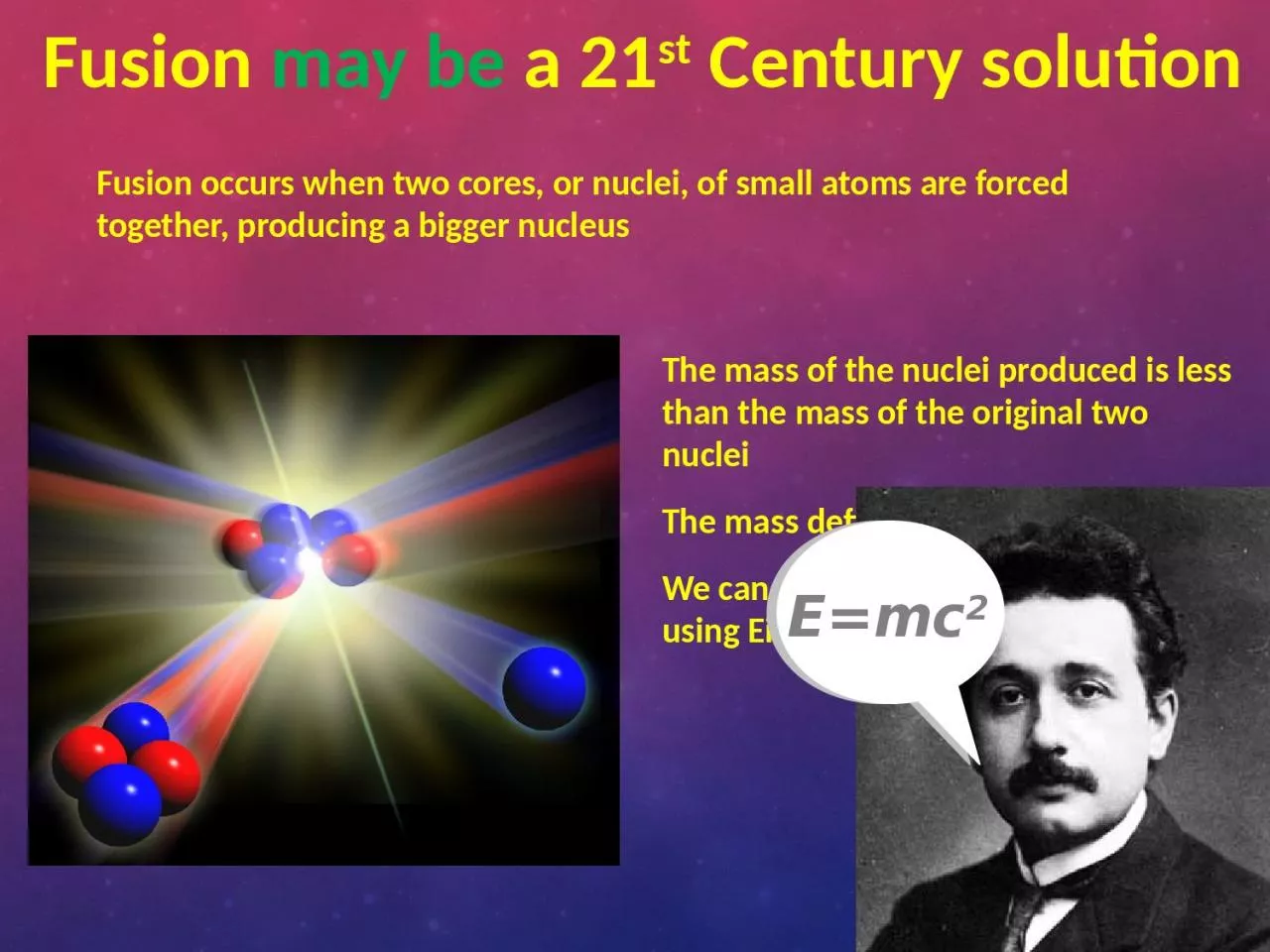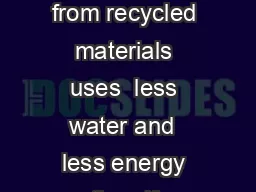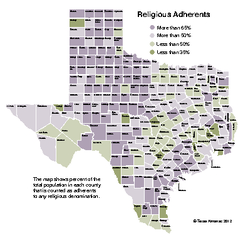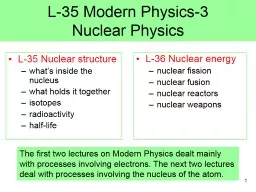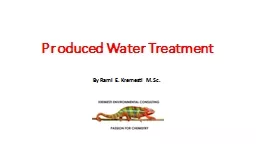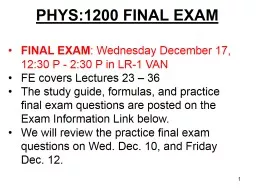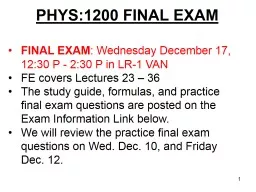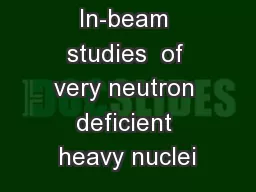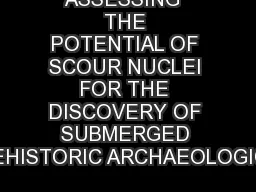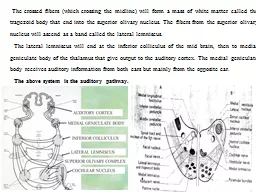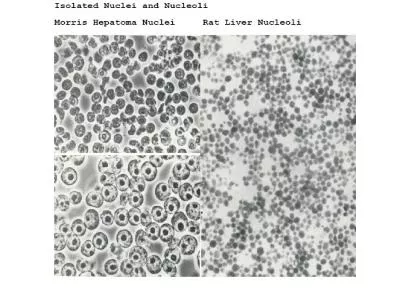PPT-The mass of the nuclei produced is less than
Author : jainy | Published Date : 2022-06-11
the mass of the original two nuclei The mass deficit is changed into energy We can calculate the energy released using Einsteins famous equation Fusion occurs
Presentation Embed Code
Download Presentation
Download Presentation The PPT/PDF document "The mass of the nuclei produced is le..." is the property of its rightful owner. Permission is granted to download and print the materials on this website for personal, non-commercial use only, and to display it on your personal computer provided you do not modify the materials and that you retain all copyright notices contained in the materials. By downloading content from our website, you accept the terms of this agreement.
The mass of the nuclei produced is less than: Transcript
Download Rules Of Document
"The mass of the nuclei produced is less than"The content belongs to its owner. You may download and print it for personal use, without modification, and keep all copyright notices. By downloading, you agree to these terms.
Related Documents

